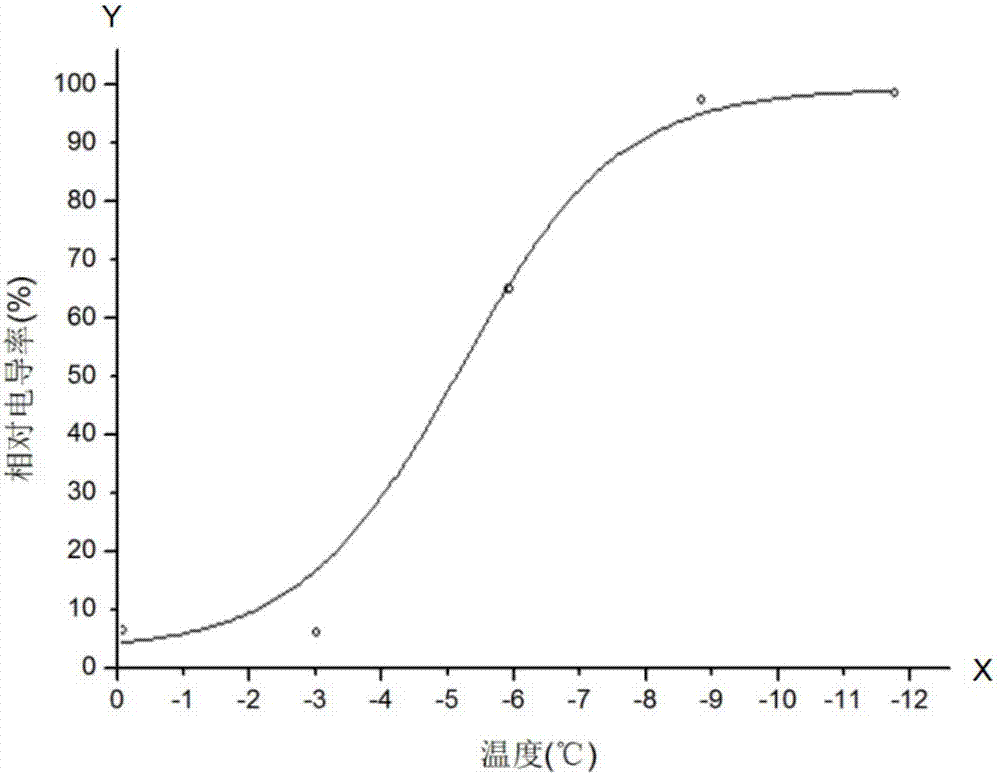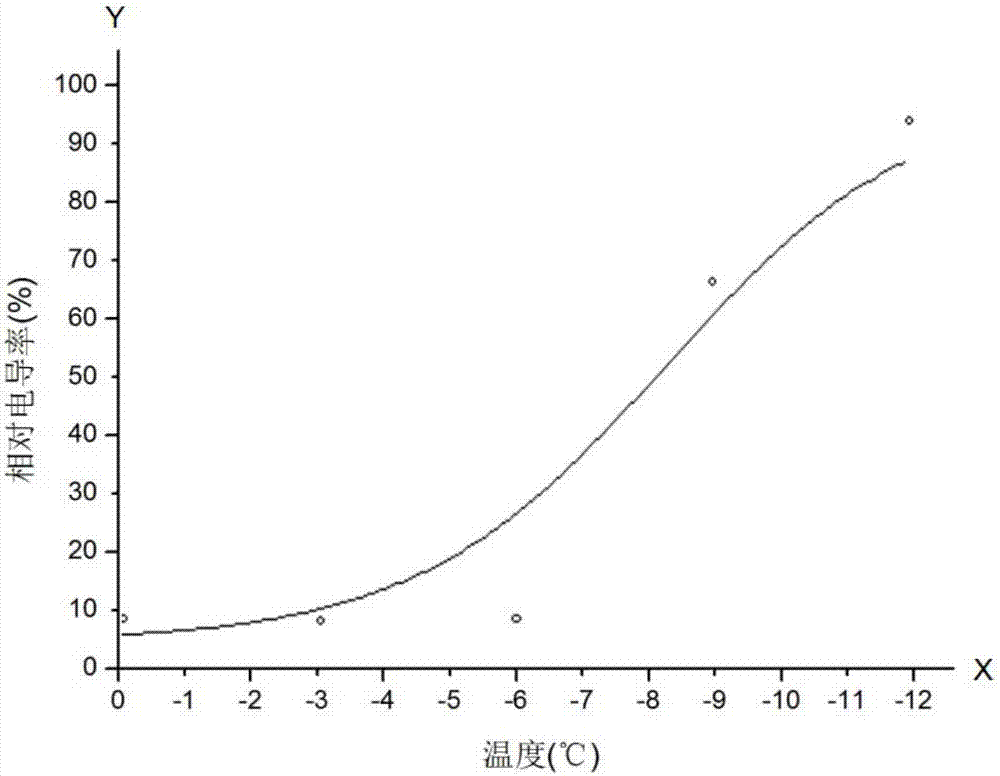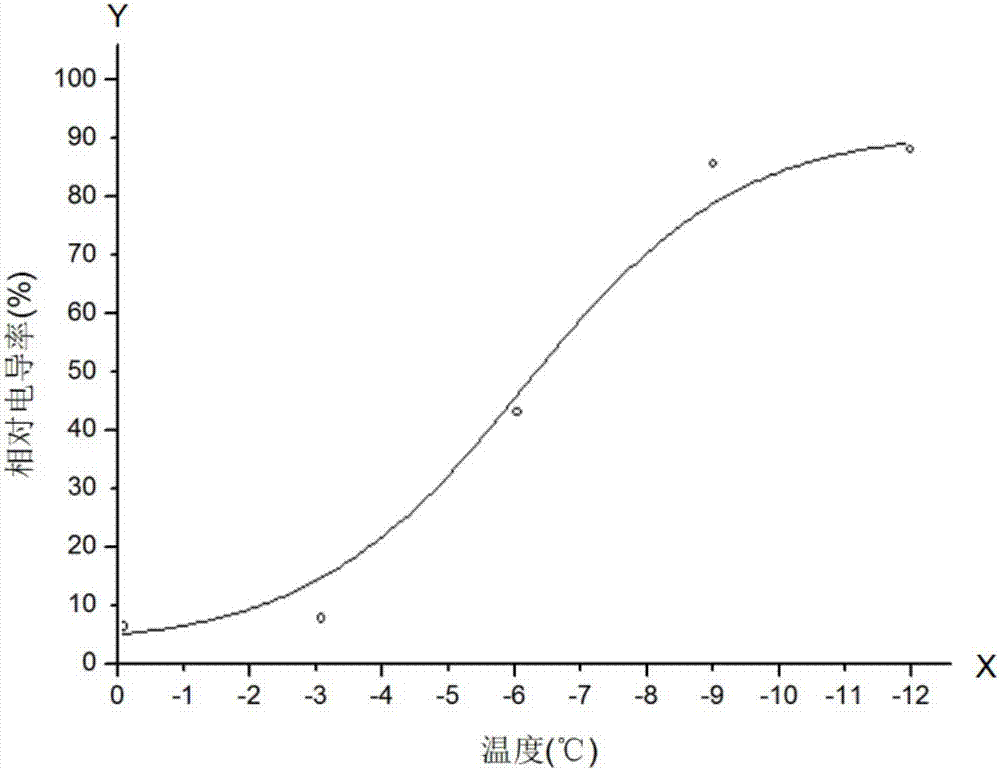Method for evaluating lily cold resistance and screening winter-resisting variety and application
A screening method, lily technology, applied in the direction of measuring devices, instruments, scientific instruments, etc., can solve the problems of consuming large bulbs, time-consuming and labor-intensive, cold resistance differences, etc.
- Summary
- Abstract
- Description
- Claims
- Application Information
AI Technical Summary
Problems solved by technology
Method used
Image
Examples
Embodiment Construction
[0036] The present invention will be further described in detail below in conjunction with specific examples.
[0037] The present invention utilizes low-temperature treatment of leaves to carry out experimental screening of 30 cut flower varieties (Table 1).
[0038] Table 1 The strains and bulb specifications of the experimental materials
[0039]
[0040] The experimental materials were planted in the glass greenhouse of the chrysanthemum base of Nanjing Agricultural University. The experiment began at the end of October 2016. The specific implementation examples are as follows:
[0041]1.1 Pick the first mature leaf of the second round below the growth point of the lily plant, take 10 leaves of the same size for each variety, wash them three times with tap water and distilled water, and then dry the water on the leaves with absorbent paper, then Use scissors to cut the leaves horizontally into small leaflets with a width of 1cm, and then divide each 2 leaves into 5 par...
PUM
 Login to View More
Login to View More Abstract
Description
Claims
Application Information
 Login to View More
Login to View More - R&D
- Intellectual Property
- Life Sciences
- Materials
- Tech Scout
- Unparalleled Data Quality
- Higher Quality Content
- 60% Fewer Hallucinations
Browse by: Latest US Patents, China's latest patents, Technical Efficacy Thesaurus, Application Domain, Technology Topic, Popular Technical Reports.
© 2025 PatSnap. All rights reserved.Legal|Privacy policy|Modern Slavery Act Transparency Statement|Sitemap|About US| Contact US: help@patsnap.com



